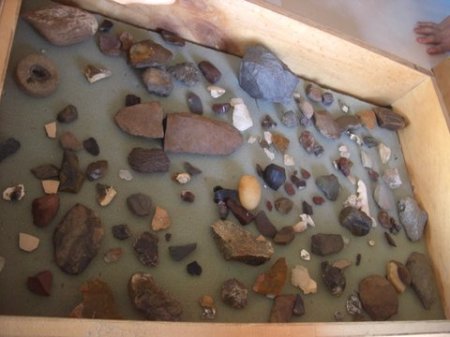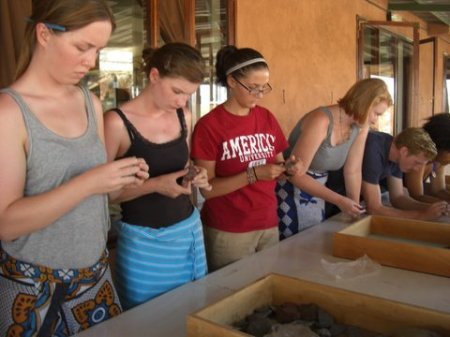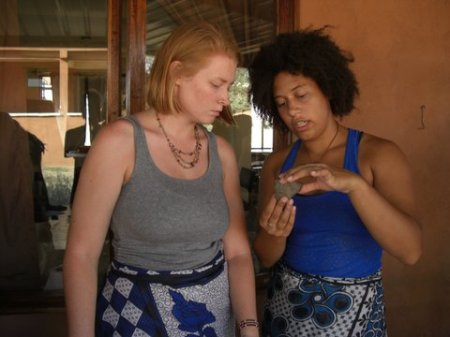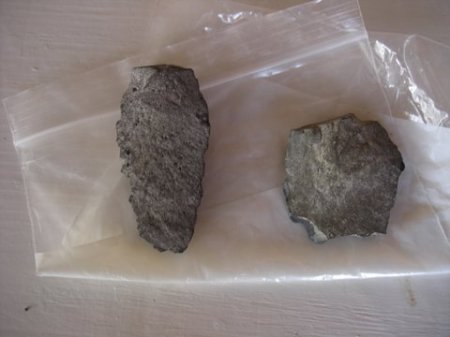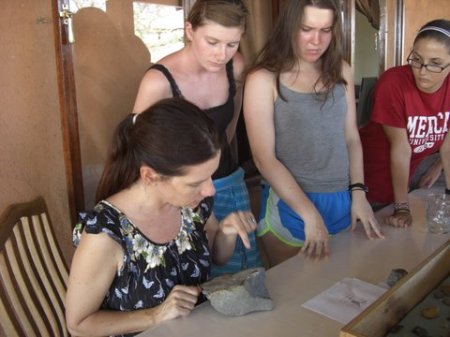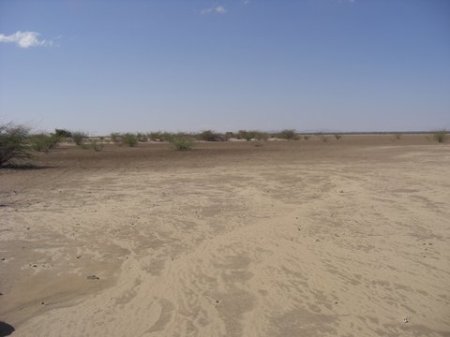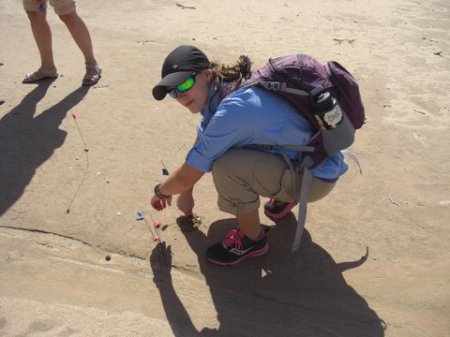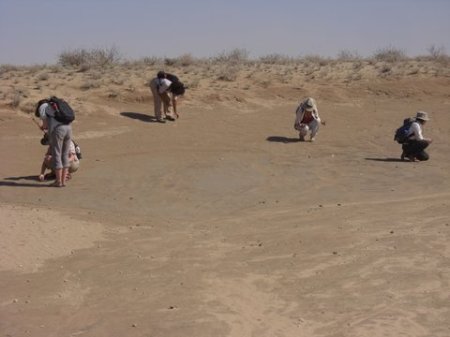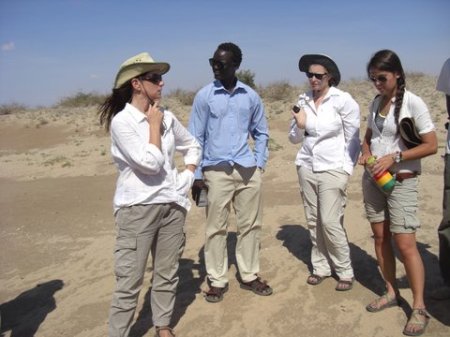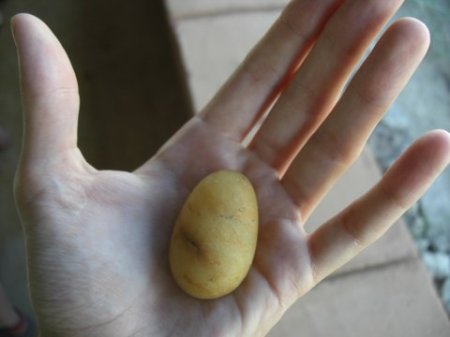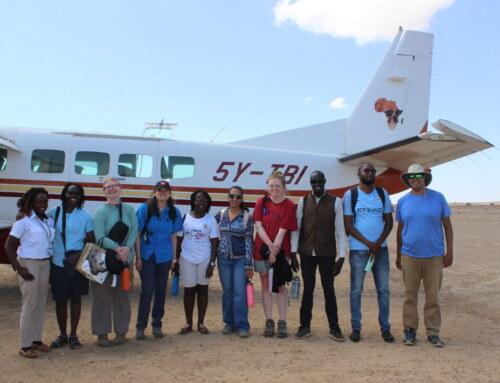The Field School is in its final two weeks, and that means we are in the final module, Archaeology, taught by Dr. Sonia Harmand. So far, students have learned about the Oldowan and Acheulean stone tool industries, with lots more coming in the next week and a half.
By Abigale Koppa|2017-01-04T18:04:51+03:00November 6th, 2014|Field Schools|Comments Off on Stone Tools in the Lab and the Field
About the Author: Abigale Koppa
Hello! I am Abby Koppa, the TBI Field School TA for Fall 2014, a third-year PhD student at Stony Brook University in the Department of Ecology and Evolution, and a TBI Graduate Fellow. My research interests include the nutritional and mechanical properties of East African savanna plants, paleoecology, and hominin paleodiet.

